With the advancement of CGI, graphical software and the great development of creative teams dedicated to post production, cinema has made a giant leap in depicting stunning visual worlds that fascinate and dazzle our imagination. Fantasy and science fiction movies of the last couple of decades literally stun their audience with lavishing and vivid vistas of completely imaginative worlds that look nothing like ours. Here is a list of some of the most beautiful fictional places we have seen on the big screen!
10. Dune from Children of Dune (2003)
Based on one of the greatest science fiction novels of the 20th century, Children of Dune is one of the best epic movies produced for television. And while the desert planet Arrakis was also depicted in the 1984 David Lynch movie, Children of Dune is the one that truly pays tribute to the raw, virgin beauty of this sun-scorched world. Endless hills of sand, magnificent sandstone caves and of course the giant worms who create the Spice – all this in a lavishing ensemble that is not just a setting and background – Arrakis has a character of its own and it determines the actions and decisions of the protagonists in the story.
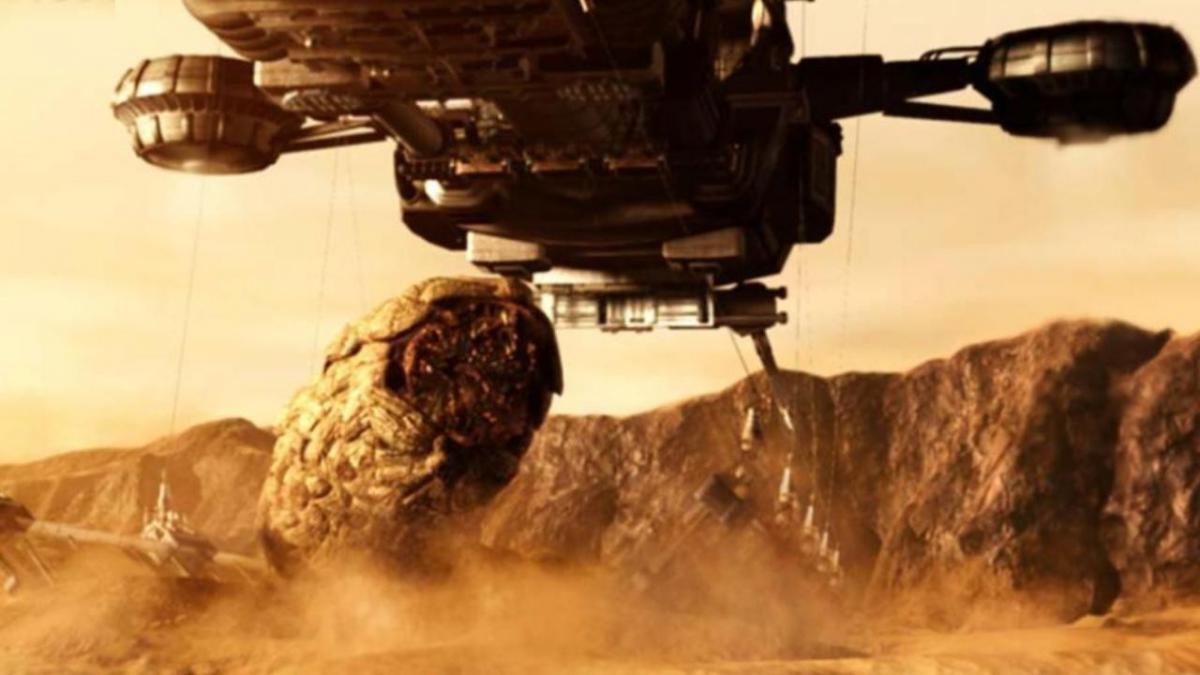
9. The Wall – Game of Thrones TV series
While this is not a movie in the strict sense of the word, the production design and the quality of the settings and virtual enhancements on the show oblige me to include it on the list. Arguably the most imposing and important place in the series is the mythical Wall of ice in the North – spreading hundreds of miles and seven hundred feet tall – it is the ultimate frontier of the Seven Kingdoms and the limit that separates civilization from the Wild. And it looks absolutely stunning with its massive and threatening presence, a true wonder to behold. Not a particularly nice place to visit, though.
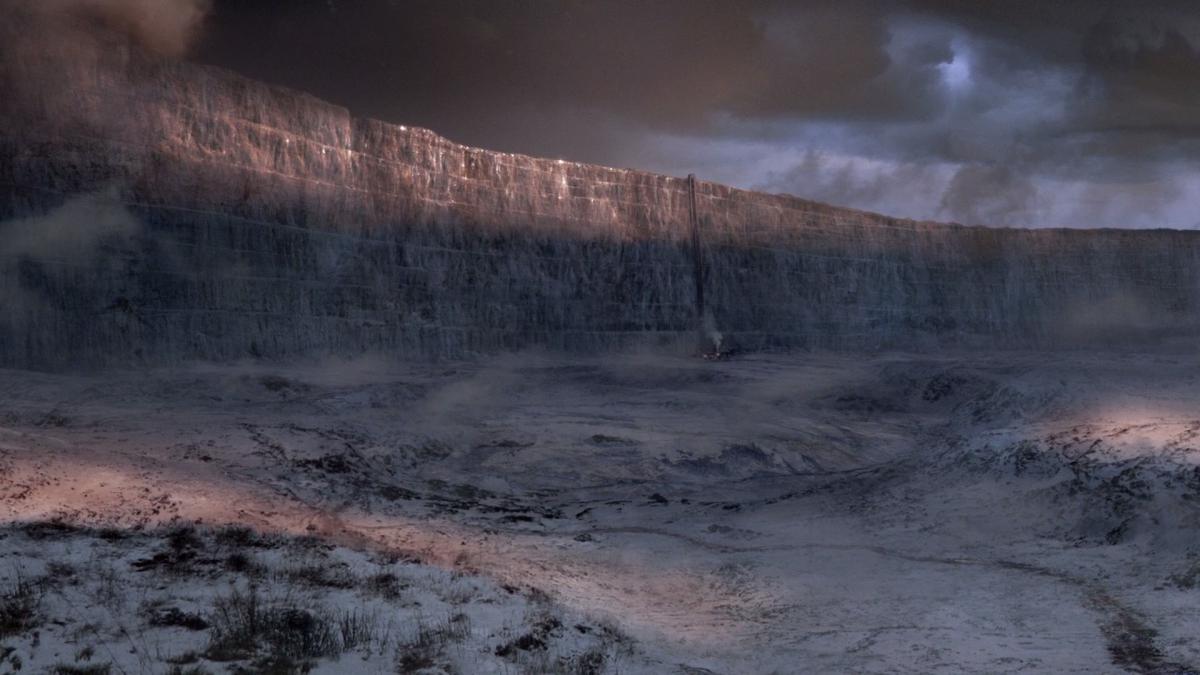
8. Pandora moon from Avatar (2009)
One of the main reasons for the historic success of Avatar (the movie remains the highest grossing film of all-time with $2.78 billion worldwide) was the absolutely mind-blowing visualization of the Pandora moon – the main setting for the story. With huge rocks hanging from the sky, lavishing jungles, brimming with life and color, spectacular epic vistas and landscapes, Pandora immediately grabbed the attention of the audience – to the point when the obviously shallow script and plotline did not matter. It is one of these movies that you go to the cinema to see, and not to watch – because the visual effects are so stunning that the substance behind it does not matter. And when all this is presented in IMAX 3D you just take your popcorn and your 3D glasses and enjoy the roller-coaster!
![]()
7. Zion from The Matrix: Reloaded (2003)
While the first Matrix movie was all about the philosophy and the kung-fu, the second part of the trilogy embarked on the more challenging journey, trying to elaborate the two-dimensional world, based on the reality-Matrix antinomy. Perhaps the most ambitious step in this regard was depicting Zion – the last free human city. Hidden deep beneath the surface and the reach of the machines, Zion was all that we could expect and more – rock and steel, grey lines and electric light, post-modern claustrophobic cubicles that remind us of submarine units. The attention to detail was supreme and Zion remains one of the most unforgettable and recognizable movie worlds of the new century.
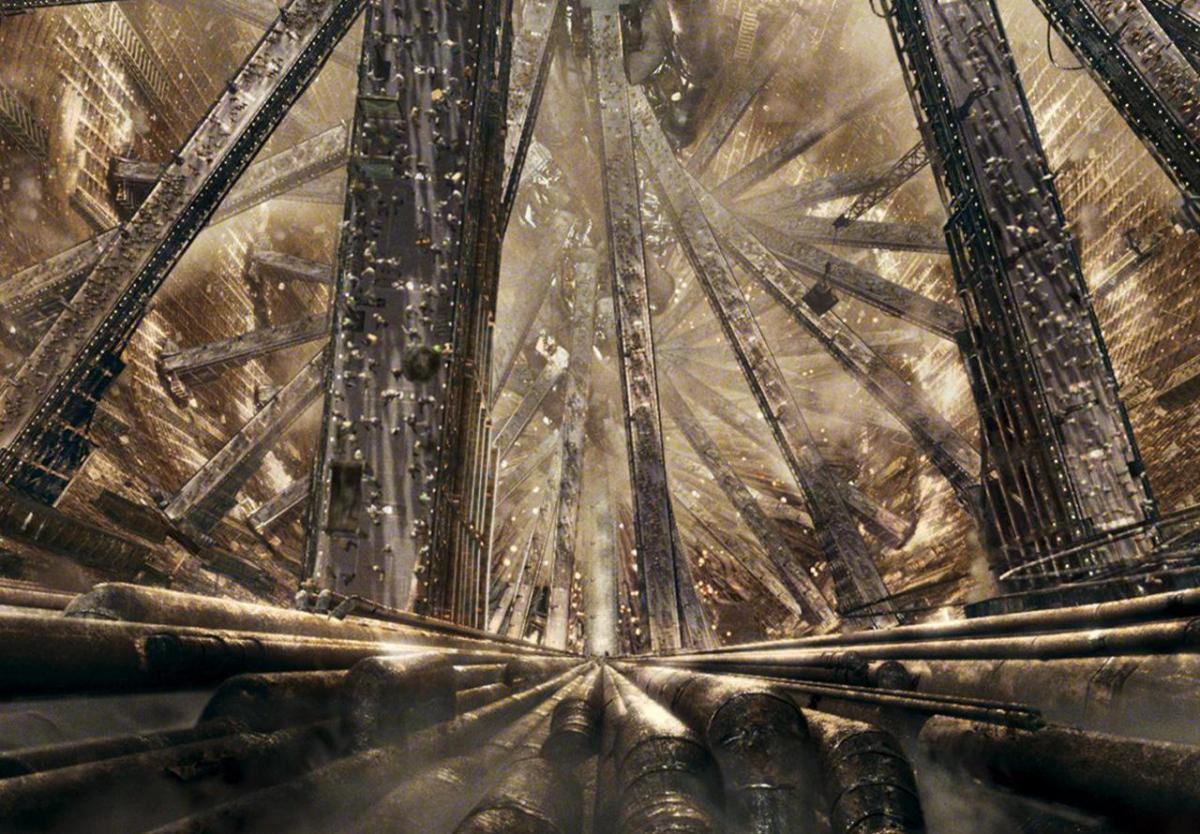
6. Erebor from The Hobbit trilogy (2012-2014)
The fabulous Middle Earth is beyond doubt the most authentic and fantastic fictional world we have ever seen on the big screen and hence I have chosen three peculiar places to underline all its unrivaled glory. The first of these three we saw the last – in the second Tolkien-based trilogy delivered by Peter Jackson. Erebor was no doubt the crown jewel of The Hobbit trilogy, its most impressive visual success. Once a splendid dwarfish kingdom, the Realm under the Mountain was turned into a dragon’s lair by Smaug. Its enormity, beauty, magnificence and delving into the tiniest of details stunned us in every single scene that took place there. The production wizards from Weta Digital produced more than 1 million (yes, you read that correctly!) single items to represent Smaug’s golden treasure – and it was more than 10 feet high!
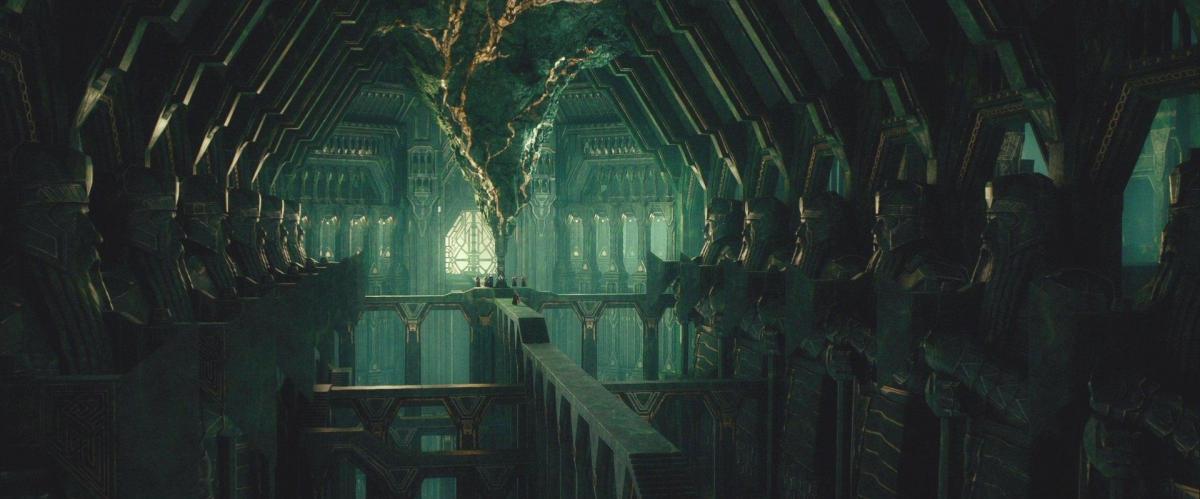
5. Bespin cloud city from Star Wars Episode 5: The Empire Strikes Back (1980)
This is the only fictional movie world in my list produced before 2001 and the fact underlines the legacy and the quality of the original Star Wars trilogy. George Lucas delivered special effects and visions of worlds unknown on a scale never seen before. But his masterpiece is the cloud city of Bespin, no doubt about it. The mushroom-like construction, gliding effortlessly above the heap of clouds, immediately dazzled the viewers with its perfect proportions and futuristic beauty. It is the kind of thing we dream to see if we wake up half a millennium from now. Besides, it is the setting for one of the most iconic shocking moments in movie history – some paternal issues included, if you know what I mean.
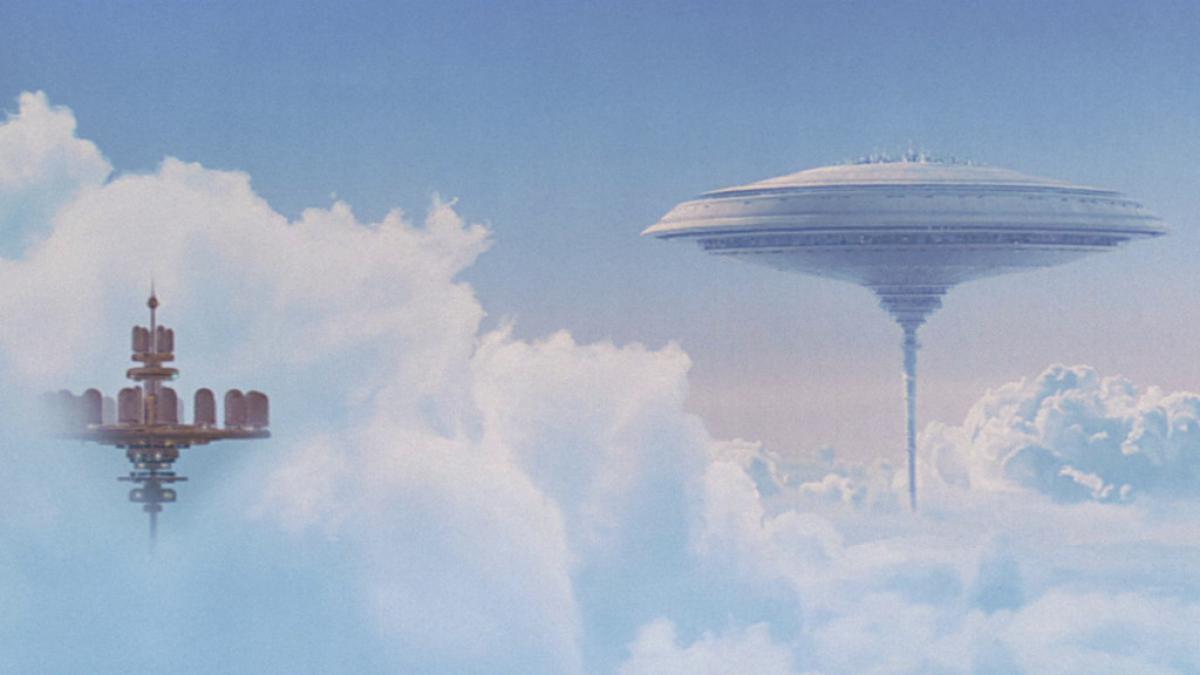
4. Rivendell from The Fellowship of the Ring (2001)
It is so tough to pick just one place from this incredible movie, highlighted by some of the most breathtaking vistas we have ever seen on the big screen. I could have easily chosen the Shire, Isenguard, Lorien or Moria and they would rightfully belong to the list.
But the most magical setting of all remains Rivendell – the hidden valley and home of the lord Elrond. There was something ethereal about Rivendell – with its calmness, soothing beauty and almost Zen-like symbioses between architecture and nature. This is arguably the one place from this list that you would choose as your holiday destination if it existed.
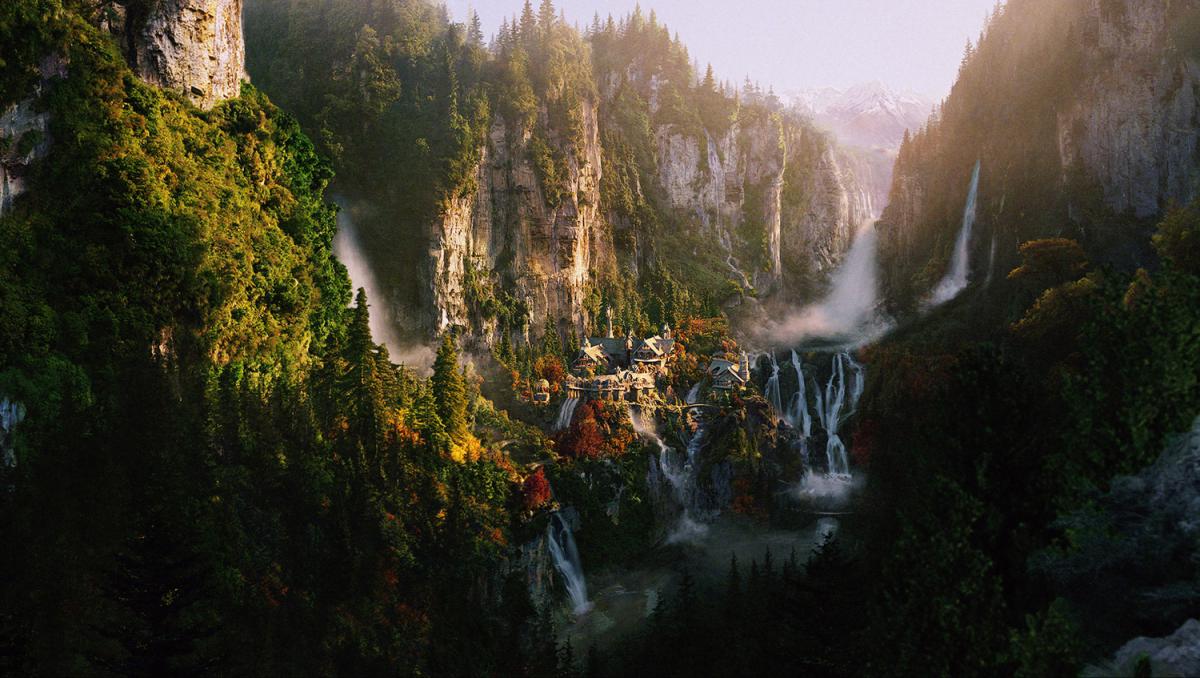
3. Coruscant from Star Wars Episode One: Phantom Menace (1999)
The capital of the Galactic Republic shined in all its urban metropolitan glory when we were first introduced to it in Phantom Menace. While the movie failed to meet the hype of expectations from the legions of Star Wars fans, George Lucas once and for all convinced us that he is unsurpassed in creating elaborate fictional worlds – down to the smallest and most peculiar of details. The proud silhouette of the Temple tower of the Jedi, the Dome of the Galactic Senate or the mile-tall skyscrapers that dominate the landscape of this greatest of sci-fi capitals – the audience is immediately taken on a dazzling journey to arguably the greatest fictional metropolis we have ever seen on the big screen!
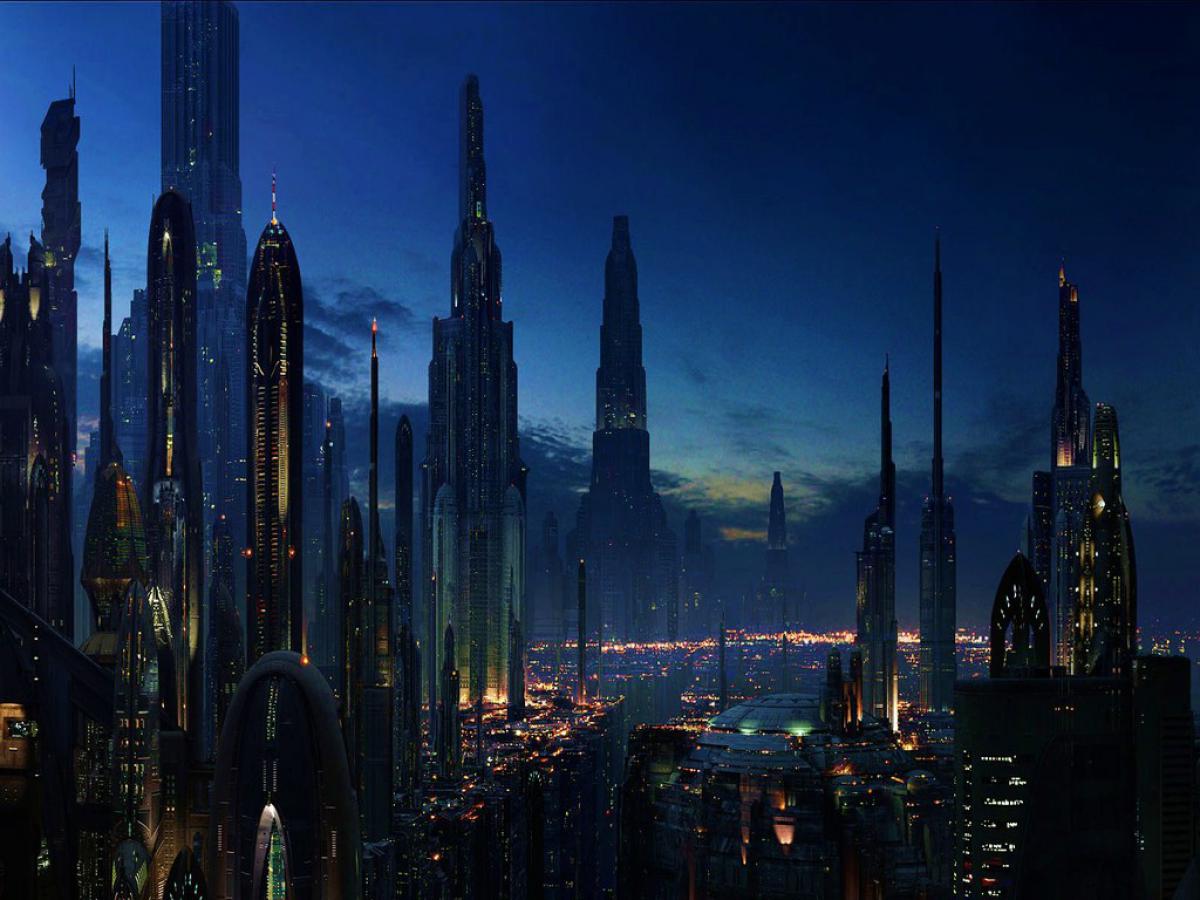
2. Wonderland from Alice in Wonderland (2010)
Alice in Wonderland is a CGI triumph down to the last scene. There is really no other director like Tim Burton – his exploration of the gothic and the grotesque has become the trademark of a fabulous career. Everything looks out of place and yet perfectly situated in a maze of colors, characters and objects. It is a completely new generation of movie making – pretty much started by James Cameron and Avatar. But while no one in their right mind could argue that the film is a visual masterpiece we are left to wonder – should substance be completely submitted for the sake of form?
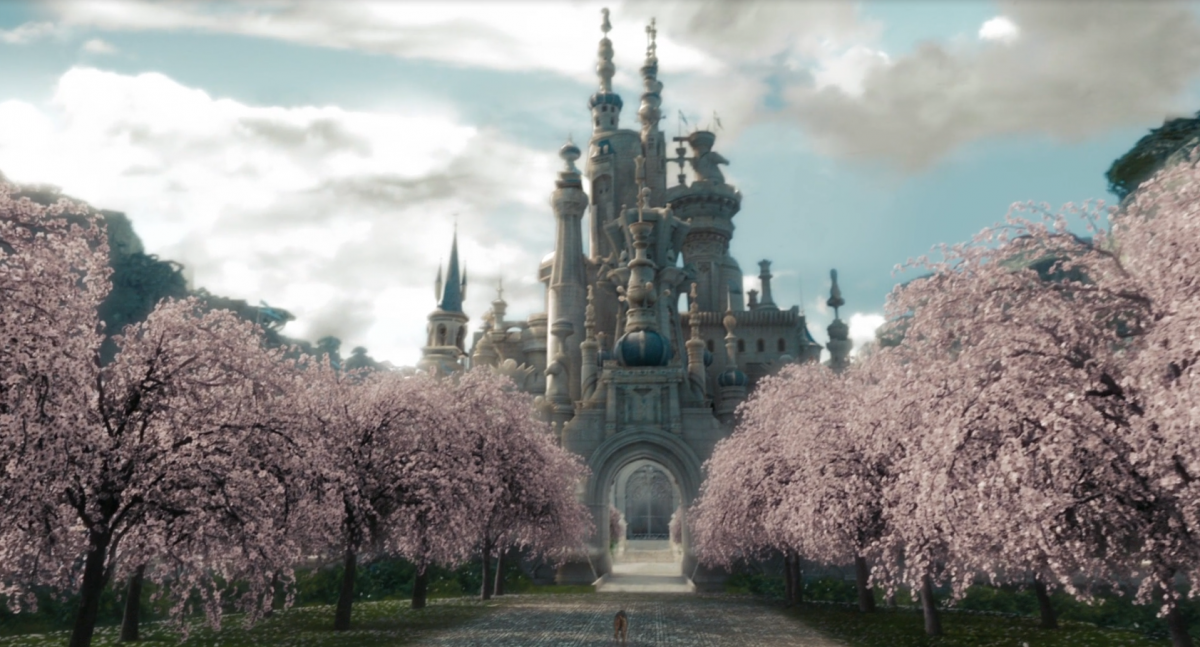
1. Minas Tirith from The Return of the King (2003)
By the third installment in the Peter Jackson’s trilogy we have already seen all the main places of Middle Earth – the Shire, Moria, Lorien, Helm’s Deep, Isenguard, Mordor. All but one – and arguably the most important of all. The creative team at WETA Digital saved their best for last – the capital of Gondor Minas Tirith.
The Tolkien fans had been aching to see the City of Kings since 2001 and the brief glimpses at the beginning of The Fellowship of the Ring only sharpened their appetite. But it was worth the wait – the seven-level citadel, carved in the marble rocks of the mountain side provided a jaw-dropping visual masterpiece. The city perfectly captured Tolkien’s spirit of the place – with its solemn marble squares, with the dilapidated, desolate houses and silent streets – the first unmistakable signs of terminal decline. People could hardly believe this place was not real – such was the quality of post-production, setting designs and CGI.
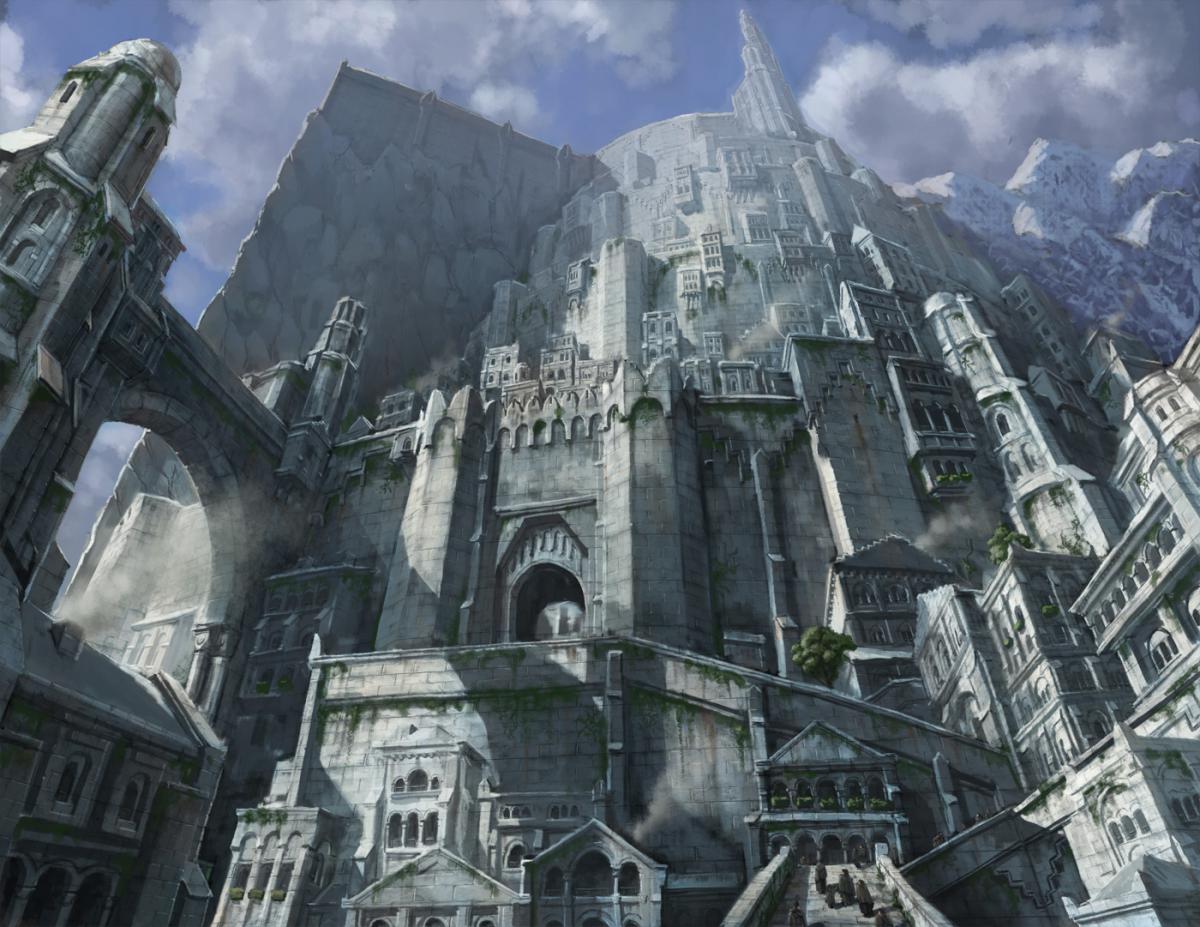
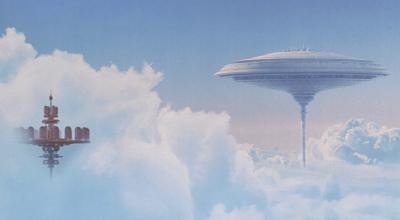
Leave a Reply